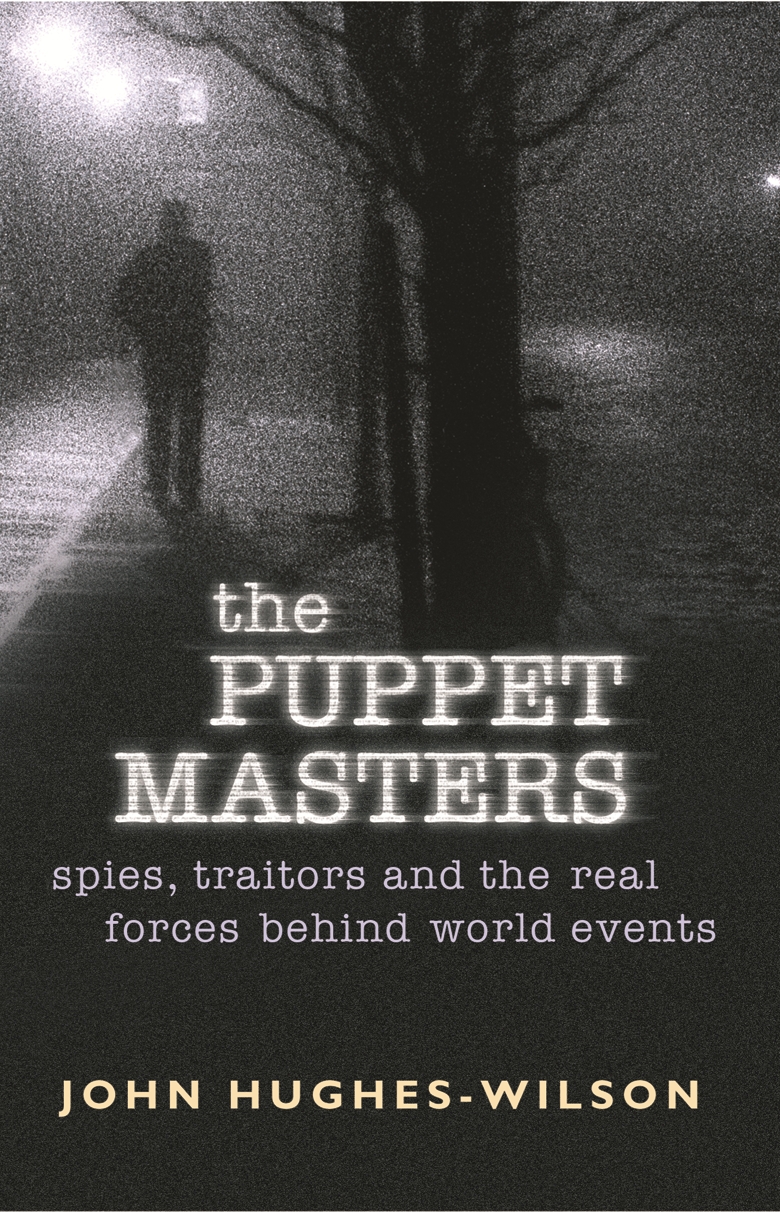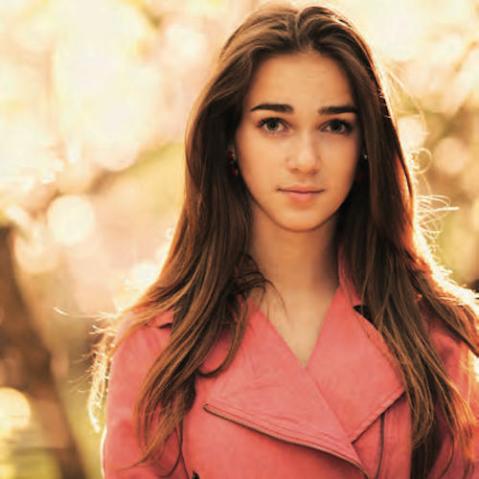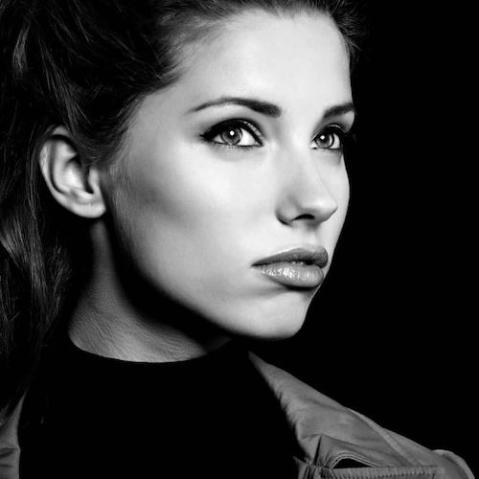What's your camera's sync speed and why does it matter?

The maximum flash sync speed of your particular camera is the one shutter speed that should be permanently fixed in your mind. Different cameras have different maximum sync speeds, and you’ll find yours in the manual.
 At 1/160 sec, within the Nikon D3X’s maximum stated sync speed of 1/250 sec, the flash gives complete coverage of the frame.
At 1/160 sec, within the Nikon D3X’s maximum stated sync speed of 1/250 sec, the flash gives complete coverage of the frame.
This speed is the maximum speed you can set while still getting full coverage with your flashgun. If you set a speed higher than this, then the flash will fire while the sensor is partially covered and you’ll get a nasty dark line obscuring part of the image.
How the shutter works
To understand why this happens you need to understand how shutters work. Think of the shutter as a pair of curtains. The first opens to let light hit the sensor, then the second curtain closes at the required time to stop the light.
At very slow speeds, the first curtain opens after a specified time—like ½ second for a half-second exposure—the second curtain snaps shut. The flash, which usually has a very, very fast duration of 1/1000 second or even less, goes off while the sensor is completely exposed.
As shutter speeds go higher, the second curtain has to move with an increasingly short time delay. There comes a point where the second curtain has to start moving at the precise moment that the first curtain reaches its fully open position. This is the fastest shutter speed you can use where the sensor is fully exposed, and is the maximum sync speed. At this speed, the fast burst of flash will fully register on the sensor and give full coverage. At speeds higher than this, the second curtain has to start moving before the first is actually fully open. At very high speeds, this is almost like a slit scanning over the scene.
If you use conventional flash at speeds like this, you’ll see an image of the shutter curtain obscuring the image. Obviously this isn’t what we want, but there are high-tech ways around it.
What’s your camera’s sync speed?
When you check your camera’s stated maximum flash sync speed, here’s a word of warning: don’t trust the printed figure! If you’re using the manufacturer’s designated flash, either on the hotshoe, at the end of a dedicated sync cable, or via the CLS or E-TTL wireless system, then the sync speed will be right. If they say 1/250 second, you can virtually guarantee it will be 1/250 second.
If you’re using an aftermarket wireless flash trigger, however, then there’s a very good chance your flash won’t sync quite as high as the stated figure. This is because most wireless triggers lose about 1/3 stop in shutter speed.
The way to test this is to try your flash in a dark room, so that ambient light won’t affect the exposure, and see what maximum shutter speed you can set before you start to see a dark line. There are some wireless flash triggers that offer a fast ‘speed’ mode that can make the camera sync at, or closer to, the stated speed, but do be warned that the range or ultimate reliability may be slightly compromised however.
The Flash Photography Field Guide is Adam Duckworth’s indispensable guide to getting the best out of your artificial light sources, whether you shoot with a simple light on your camera, a remotely-triggered unit, or a complete studio setup. Duckworth offers expert guidance on lights, supports, adapters, triggering, placement, and techniques, plus with comprehensive case studies, lighting diagrams and information on setups that will help you to achieve professional quality results using flash.
 The Flash Photography Field Guide, by Adam Duckworth
The Flash Photography Field Guide, by Adam Duckworth
£4.99 Download the PDF now!
This PDF version retains the styling of the original print book.
RRP for print edition: £8.99



